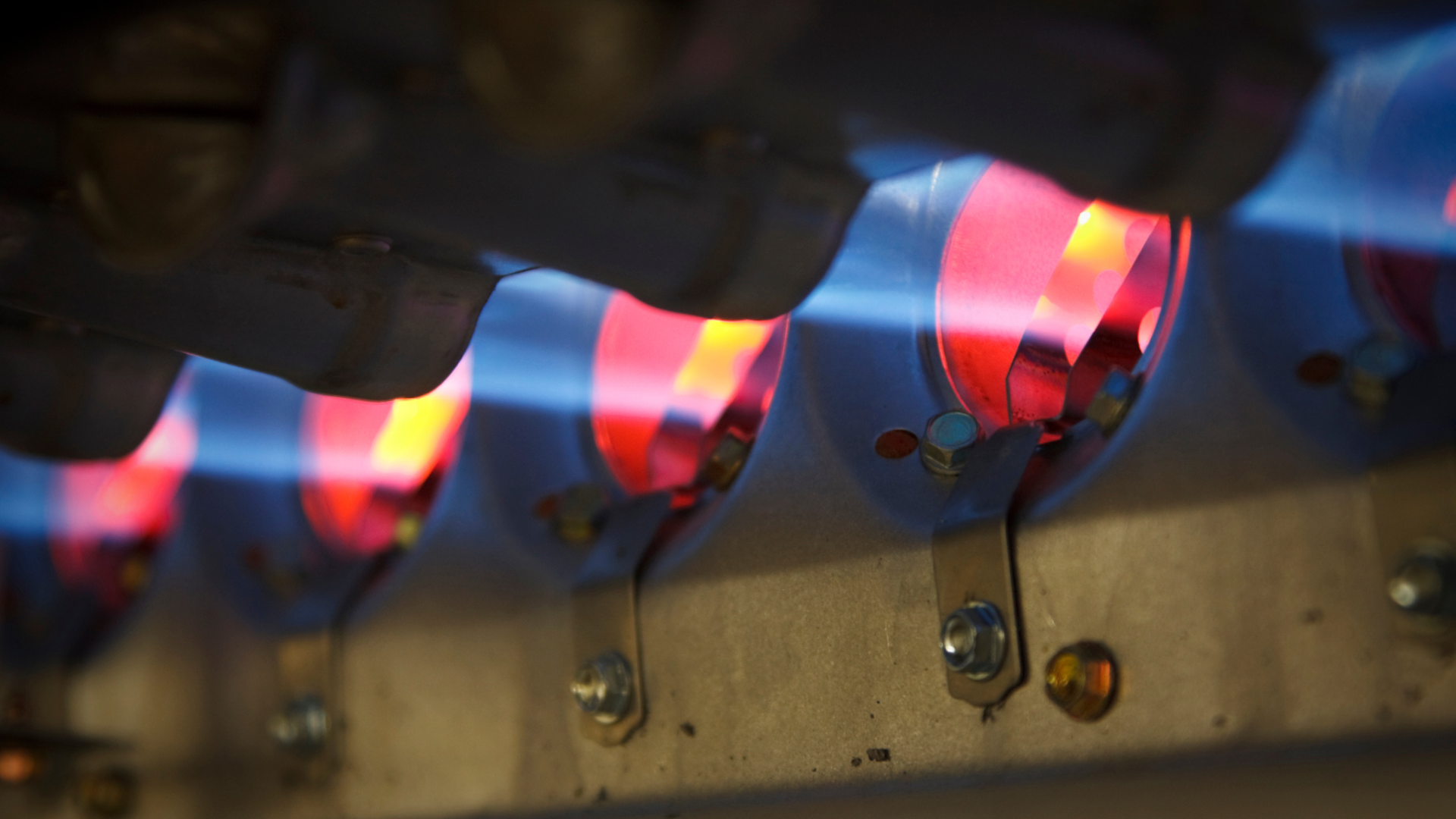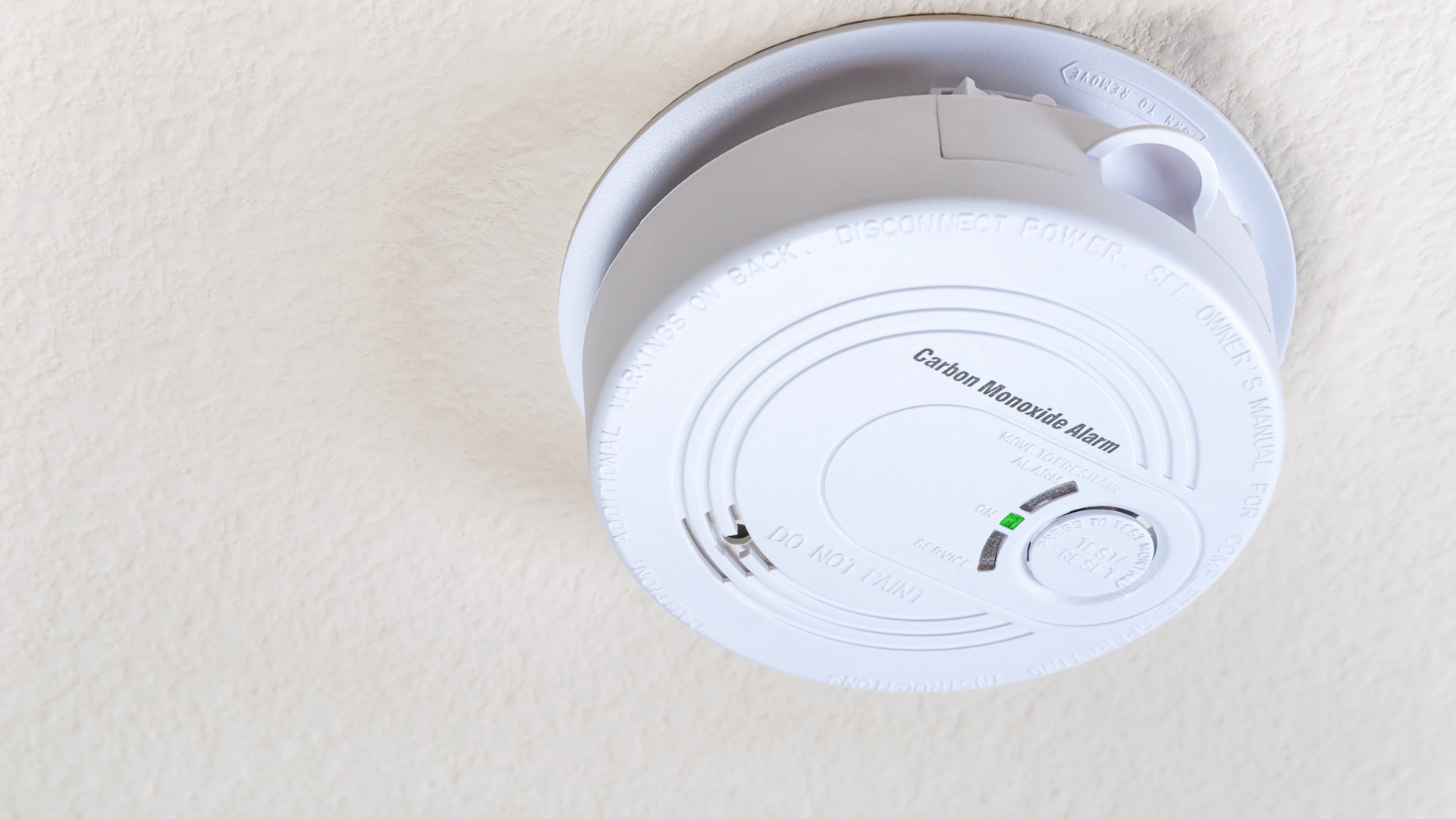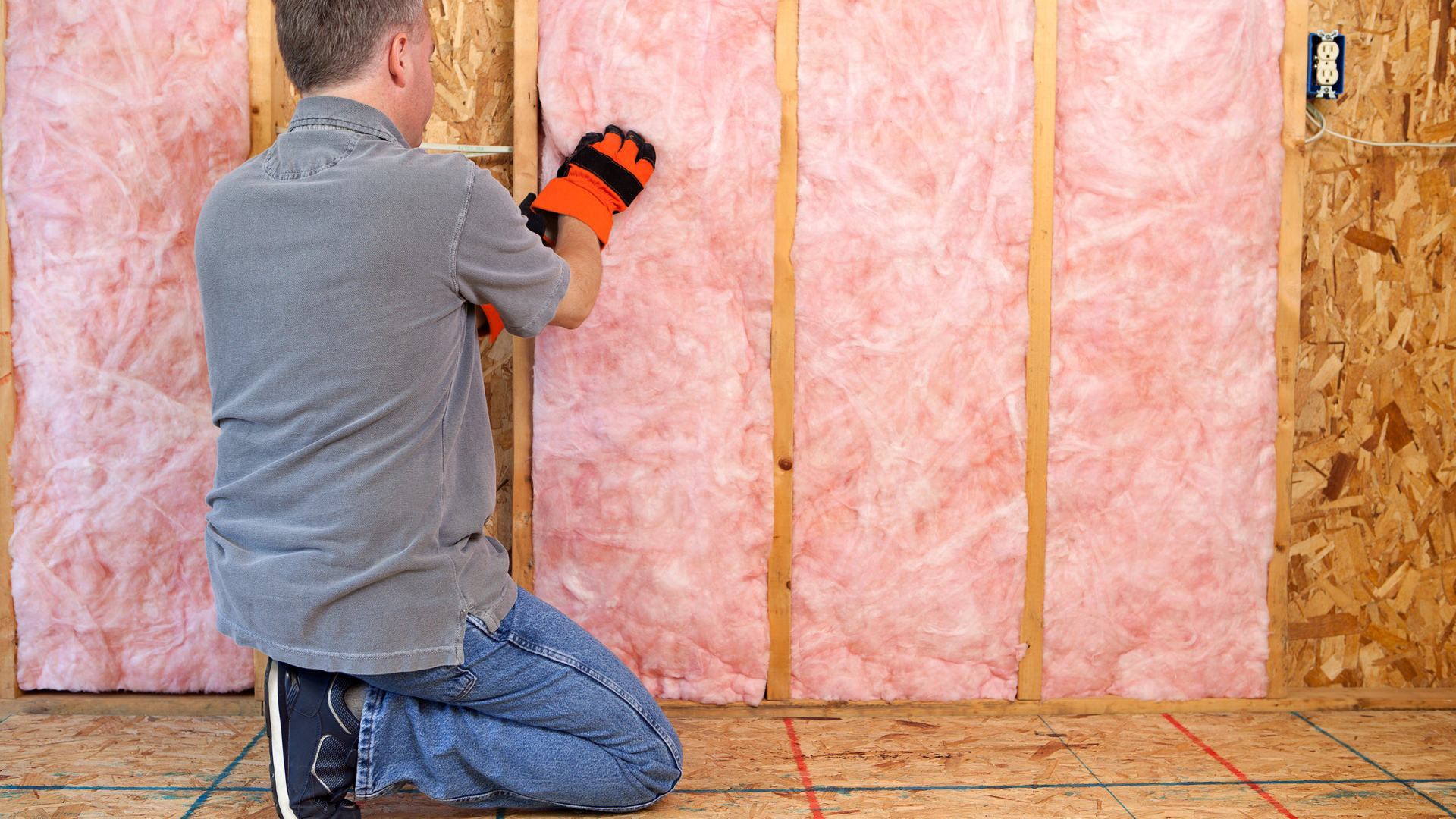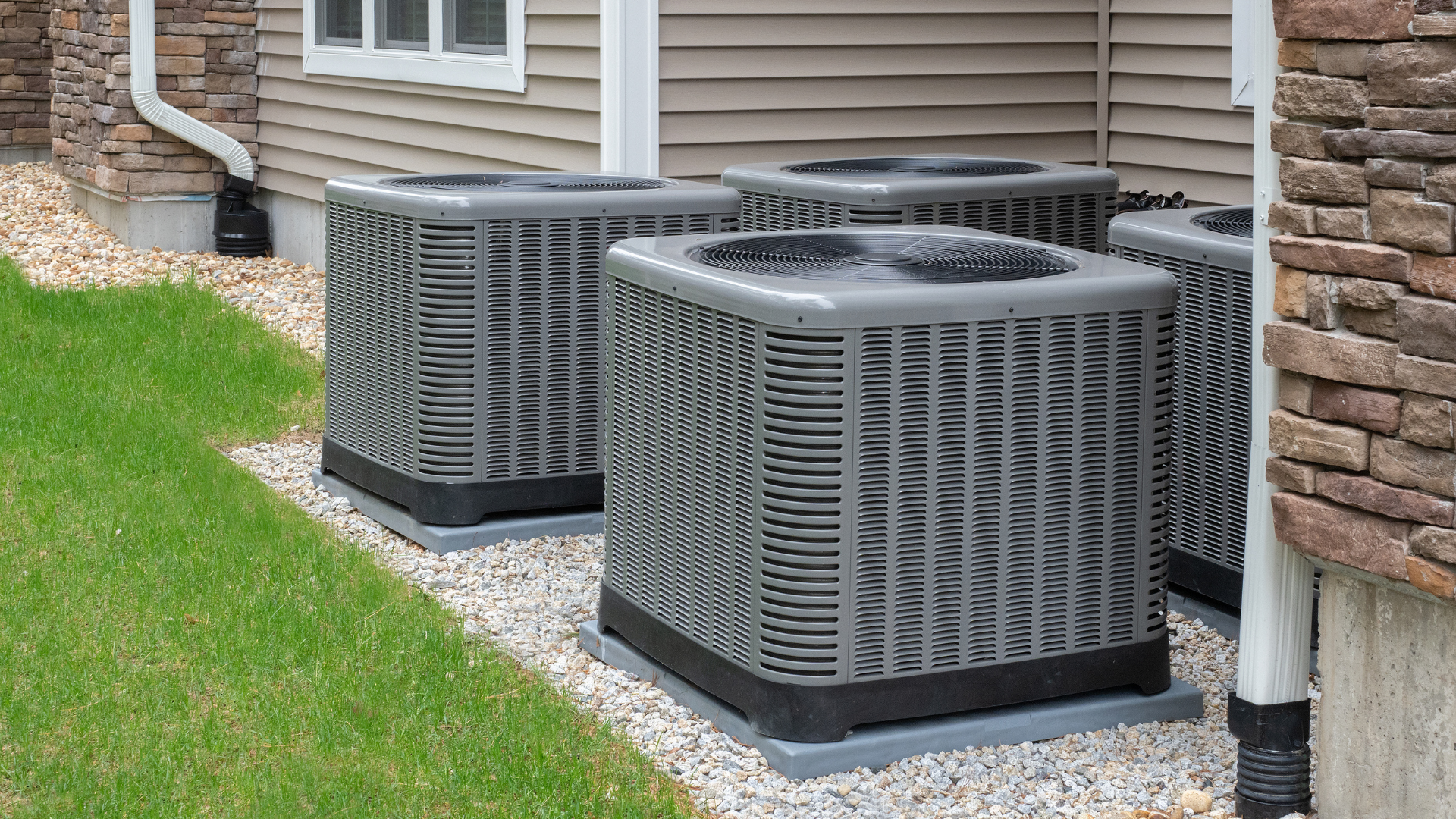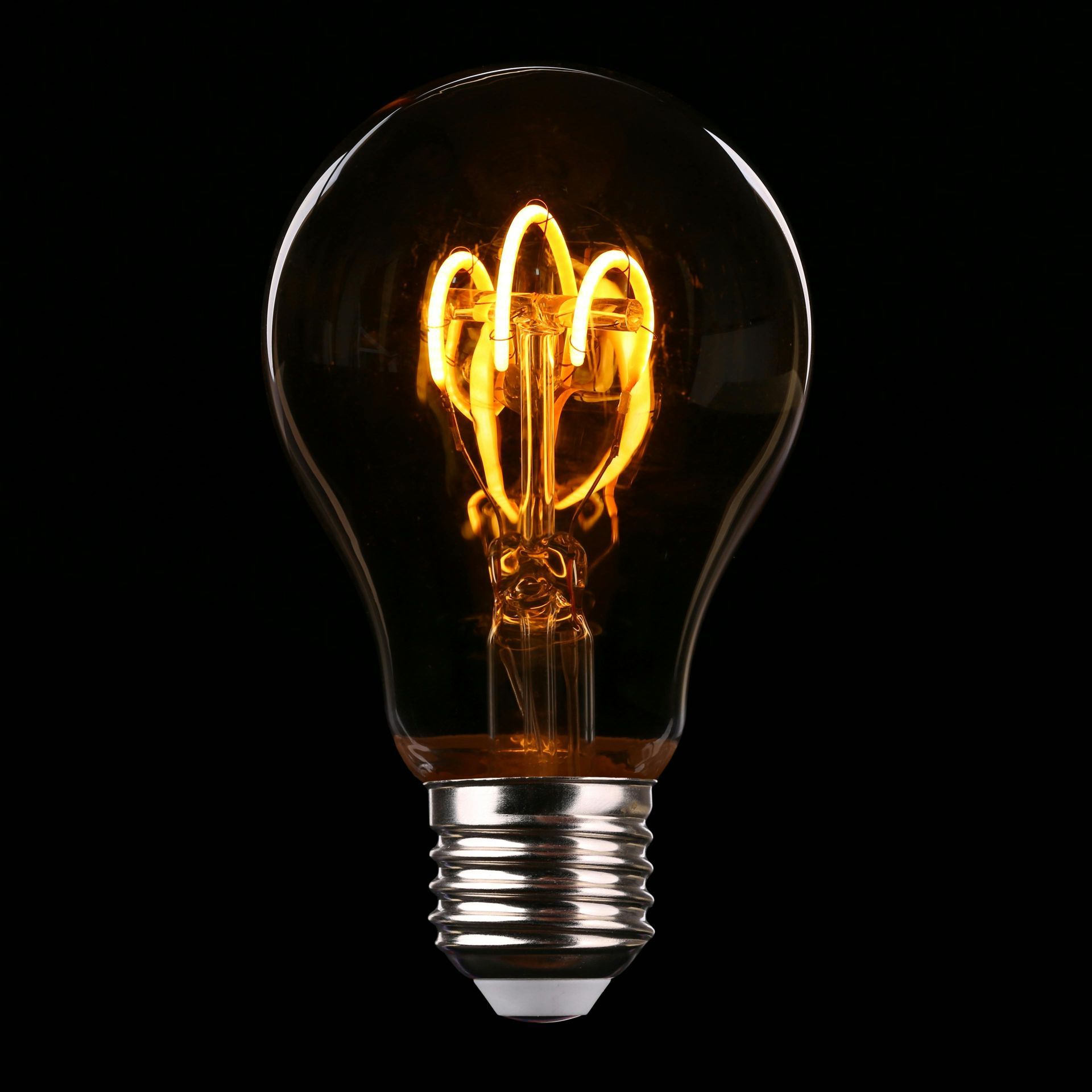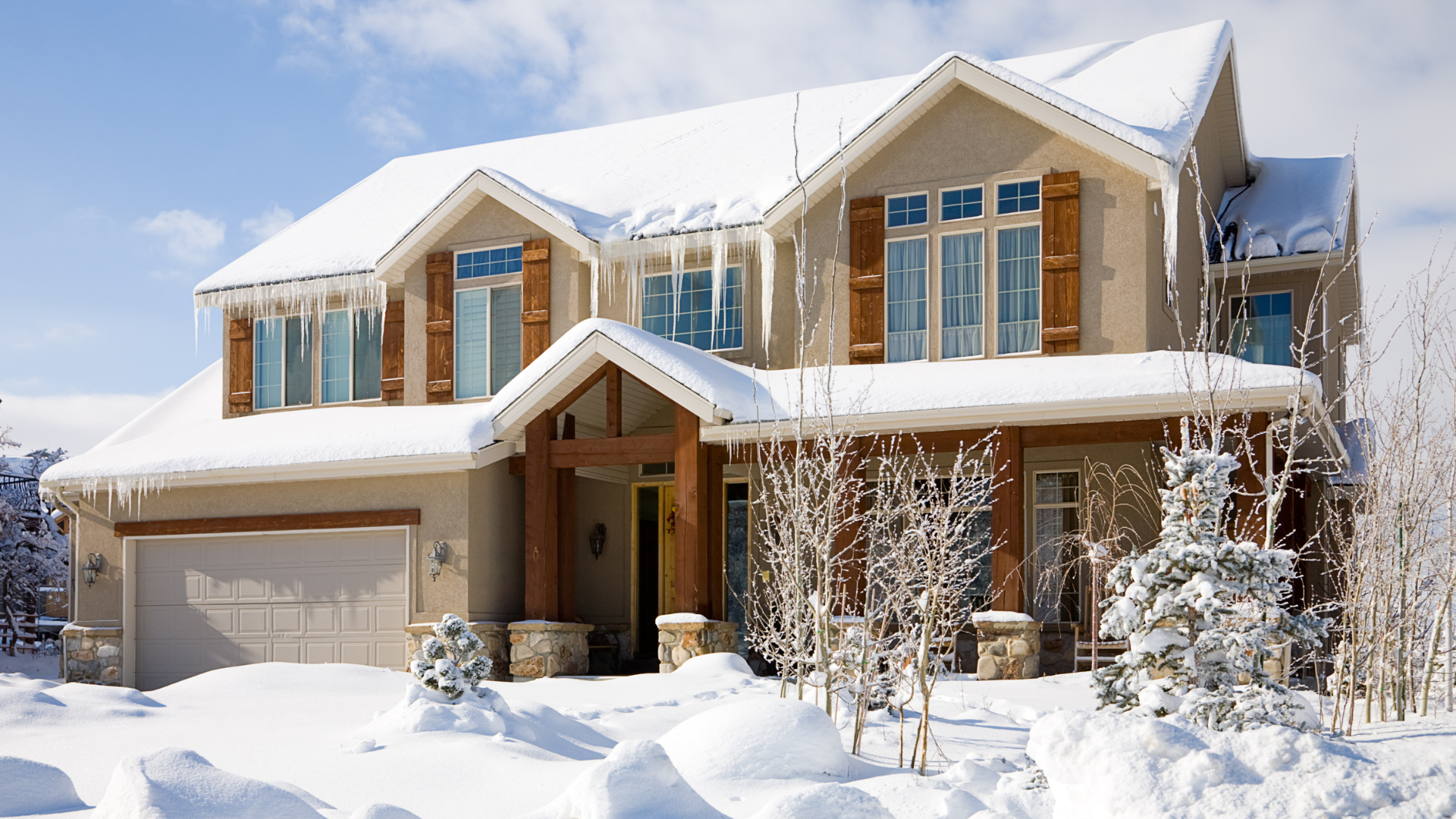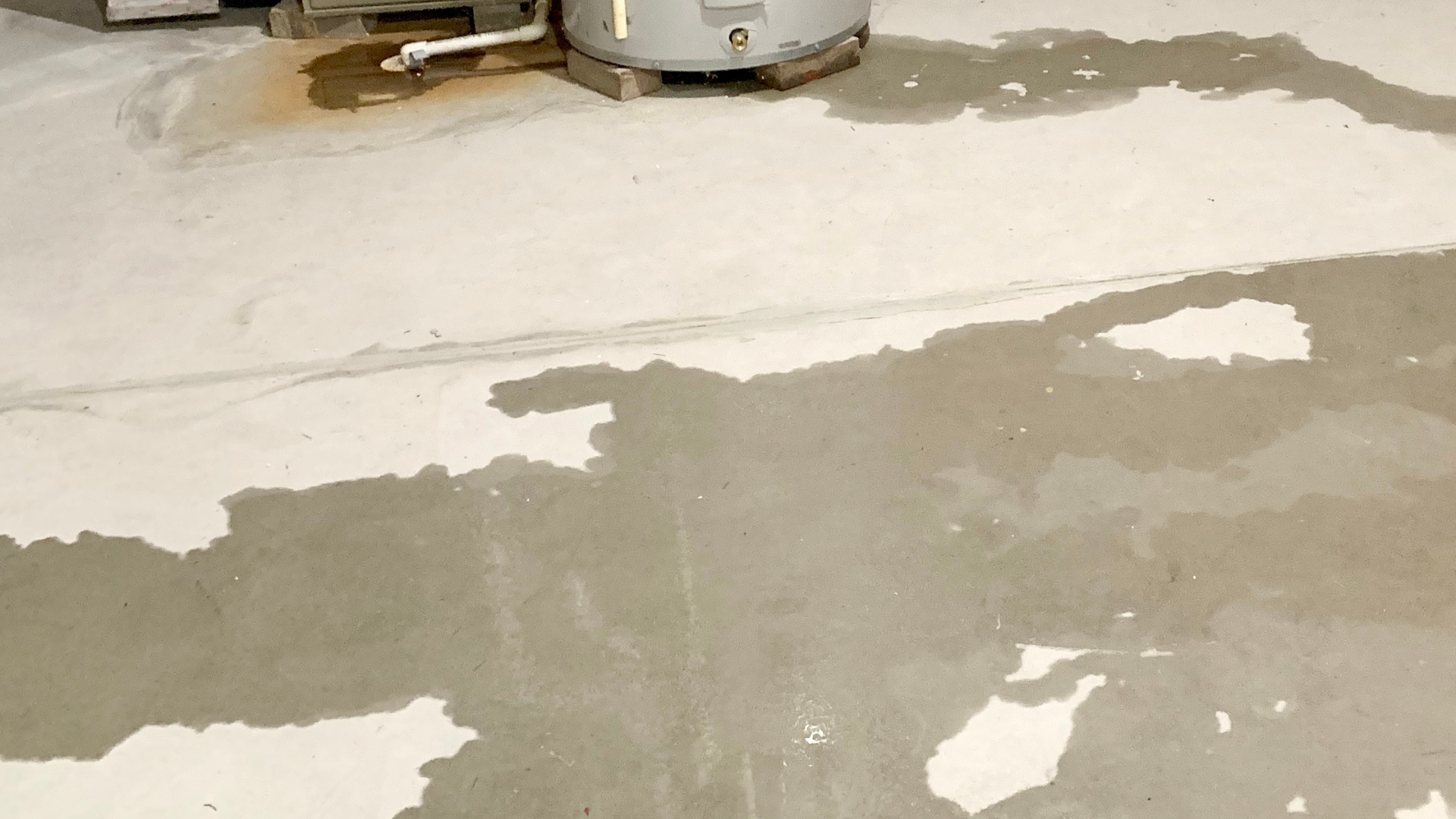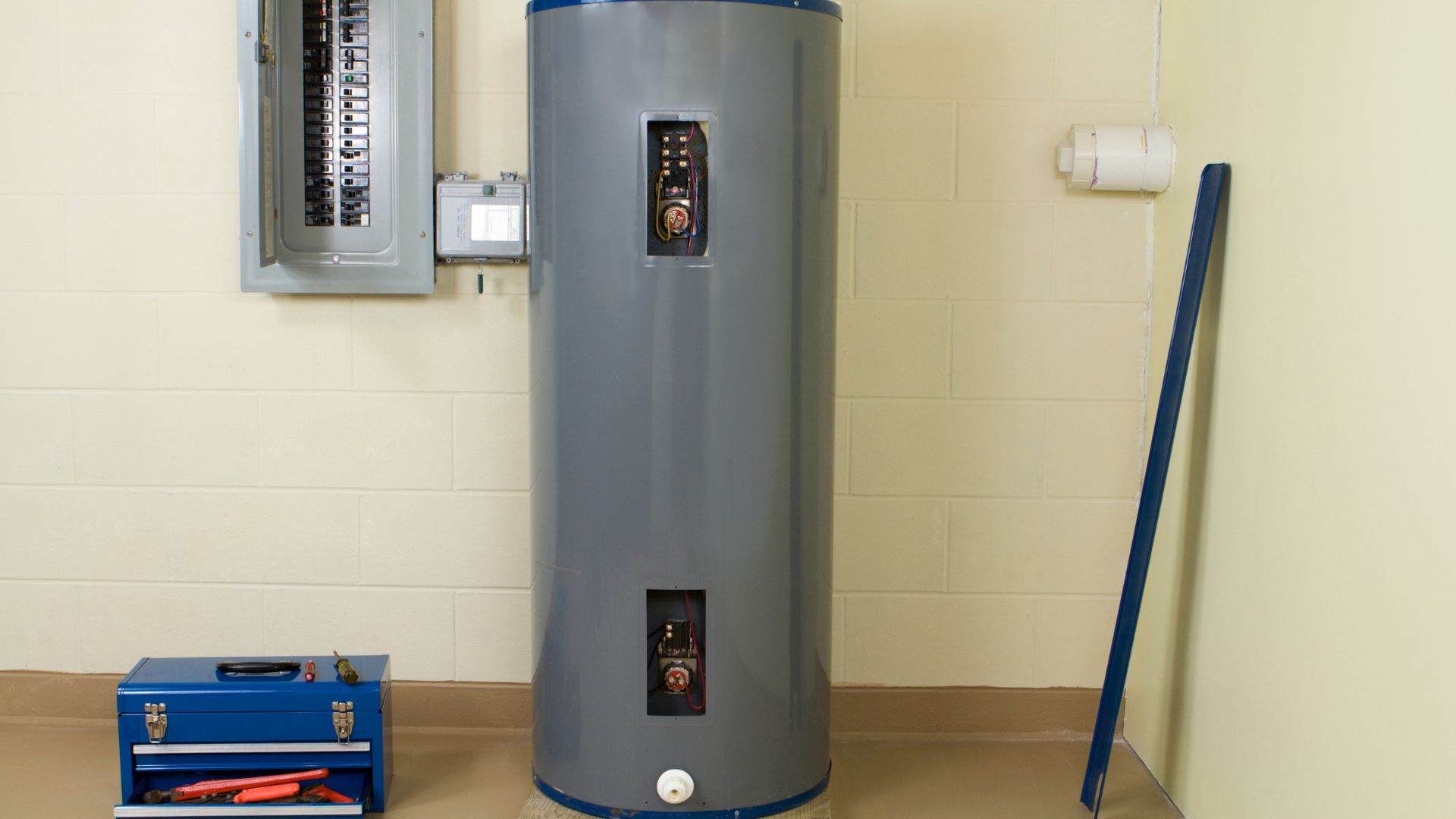When Heat Pumps and Air Conditioners Short Cycle
When Heat Pumps and Air Conditioners Short Cycle
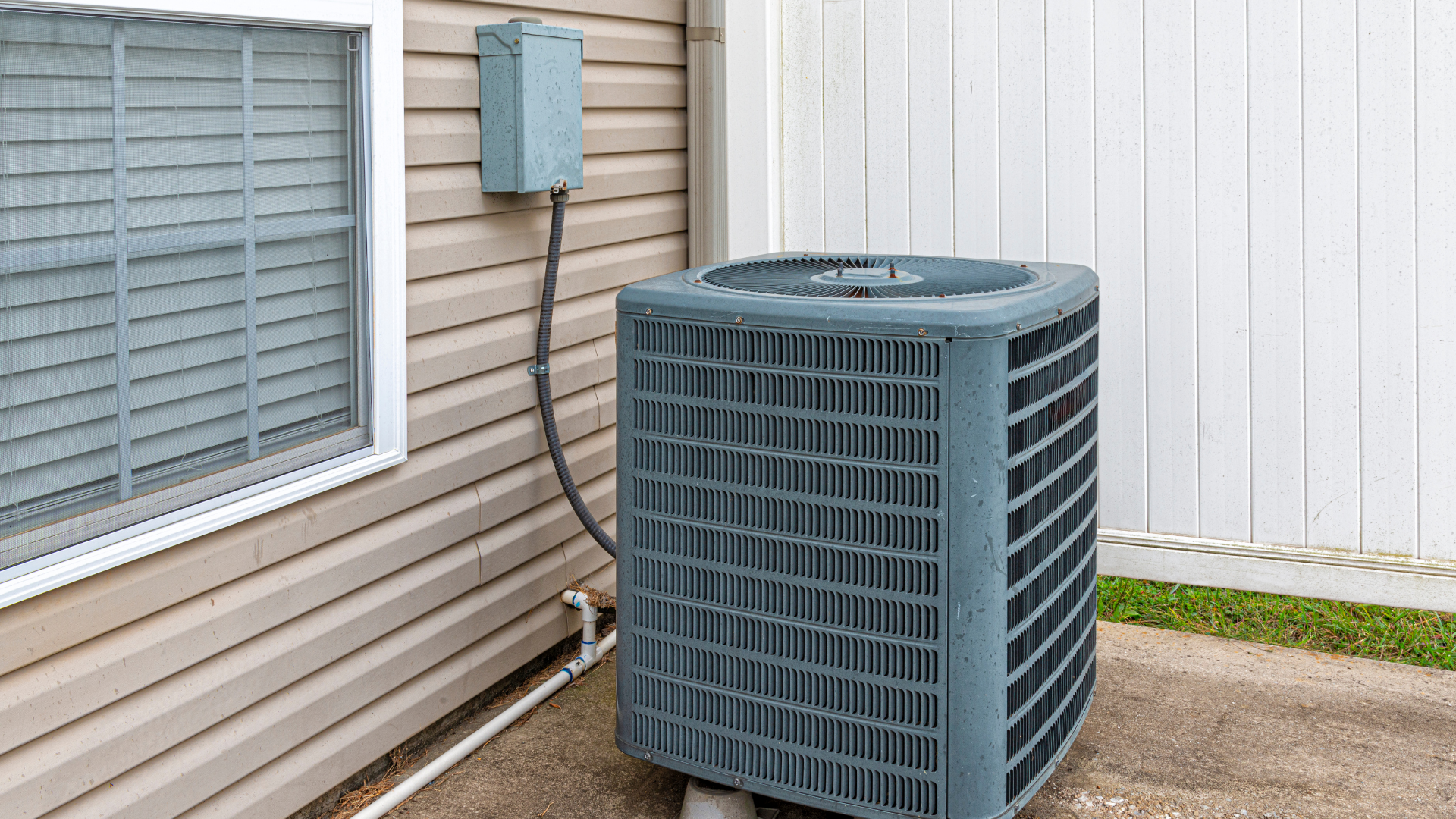
Heat pumps and air conditioning systems are essential for maintaining a comfortable indoor environment, but when they start to "short cycle," it can lead to discomfort, higher energy bills, and premature system wear. This guide will explain what short cycling means, how to diagnose and fix it, and the potential costs involved.
What is Short Cycling?
Short cycling occurs when your heat pump or air conditioning system turns on for a brief period, satisfies the thermostat's call for heating or cooling, and then shuts off, only to turn on again a short time later. This on-again, off-again pattern is problematic because HVAC systems are designed to operate for longer, more consistent cycles to efficiently heat or cool a space. Think of it like a car constantly starting and stopping in rush hour traffic versus cruising smoothly on a highway – the latter is much more efficient and causes less strain on the engine.
What Causes Short Cycling?
Several factors can lead to short cycling:
- Oversized Unit: This is a very common culprit. If your HVAC system is too powerful for the size of your home, it will quickly reach the desired temperature and shut off, even if the air hasn't been properly conditioned or dehumidified.
- Dirty Air Filter: A clogged air filter restricts airflow, forcing the system to work harder and potentially overheat, leading to premature shutdowns.
- Low Refrigerant Levels: Refrigerant is crucial for the heat exchange process. If levels are low (due to a leak), the system won't be able to effectively absorb or release heat, causing it to struggle and short cycle.
- Thermostat Issues: A malfunctioning thermostat can misread the room temperature, or have faulty wiring, causing it to prematurely signal the system to turn off.
- Iced-Over Outdoor Unit (Heat Pumps): In colder temperatures, if a heat pump's outdoor coil becomes covered in ice, it can restrict airflow and hinder the defrost cycle, leading to short cycling.
- Dirty Coils (Evaporator or Condenser): Dust and grime on either the indoor evaporator coil or the outdoor condenser coil reduce the system's ability to transfer heat, making it less efficient and prone to short cycling.
- Electrical Problems: Issues with electrical components like capacitors, contactors, or relays can disrupt the system's normal operation, leading to erratic behavior.
- Blocked Condensate Drain Line: If the drain line becomes clogged, the condensate pan can fill up, triggering a safety switch that shuts down the system to prevent overflowing, which can be mistaken for short cycling.
How to Fix Short Cycling
Addressing short cycling often requires a professional HVAC technician, but there are some things you can check yourself:
- Check and Replace Air Filter: This is the easiest and most cost-effective first step. Change your air filter every 1-3 months, or more frequently if you have pets or allergies.
- Check Thermostat Settings and Batteries: Ensure your thermostat is set to "auto" fan mode (not "on") and that the batteries are fresh. You can also try resetting the thermostat.
- Clear Around Outdoor Unit: Make sure there's no debris, overgrown vegetation, or other obstructions within a few feet of your outdoor unit, as this can impede airflow.
- Inspect for Icing (Heat Pumps): If your heat pump's outdoor unit is iced over, it might indicate a defrost cycle issue. Do not attempt to chip away ice. Instead, call a technician.
For all other causes, it's highly recommended to contact a qualified HVAC professional. They have the tools and expertise to:
- Properly Size Your System: If your unit is oversized, a technician can confirm this and discuss options, which might include zoning your home or, in some cases, replacing the unit with a more appropriately sized one.
- Check Refrigerant Levels and Leaks: They can accurately measure refrigerant levels and repair any leaks.
- Clean Coils: Professional coil cleaning is much more thorough than a DIY attempt.
- Diagnose Electrical Issues: Identifying and repairing faulty electrical components requires specialized knowledge.
- Clear Condensate Drain Lines: Technicians have the equipment to effectively clear blockages.
How Much Might it Cost?
The cost to fix short cycling varies widely depending on the underlying cause:
- DIY Fixes (Air Filter, Thermostat Batteries):
- Air Filter: $10 - $40
- Thermostat Batteries: $5 - $10
- Professional Services:
- Thermostat Replacement: $150 - $500 (depending on the type of thermostat and labor)
- Refrigerant Recharge (and Leak Repair): $200 - $600+, depending on the type of refrigerant and the severity of the leak. This can be more expensive if a leak needs to be located and repaired.
- Coil Cleaning: $100 - $400, depending on the accessibility and condition of the coils.
- Capacitor Replacement: $100 - $300
- Blower Motor Repair/Replacement: $300 - $800+
- Drain Line Clearing: $75 - $200
- System Replacement (if oversized unit is the issue): This is the most significant cost, ranging from $4,000 to $12,000+ for a new heat pump or AC system, including installation.
Important Note: These are estimated costs. Actual prices can vary based on your location, the specific HVAC company, and the complexity of the repair. Always get multiple quotes and ensure the technician is licensed and insured.
Conclusion
Short cycling is a red flag that your heat pump or air conditioning system isn't operating as it should. Addressing it promptly can prevent further damage, improve efficiency, and extend the lifespan of your valuable HVAC equipment. While some initial troubleshooting can be done by a homeowner, it's often best to consult with a qualified professional to accurately diagnose and resolve the issue, ensuring your home remains comfortable and your energy bills stay in check.
Sources:
- Energy Saver, U.S. Department of Energy: Provides information on HVAC system efficiency and maintenance. You can find relevant information on their website, particularly under the "Heating & Cooling" section: https://www.energy.gov/energysaver/energy-saver
- ACCA (Air Conditioning Contractors of America): A national trade association that sets standards for HVAC installation, service, and repair. Their website offers resources for homeowners on choosing qualified contractors and understanding HVAC systems: https://www.acca.org/
- HVAC industry publications and manufacturer guidelines: General information regarding system operation and troubleshooting for short cycling can be found on reputable HVAC-focused websites and in manufacturer manuals. Examples of such resources include:
- HVAC School: http://www.hvacrschool.com/short-cycling/
- HVAC.com: https://www.hvac.com/expert-advice/air-conditioner-short-cycling/
Click Another Article to Read More
